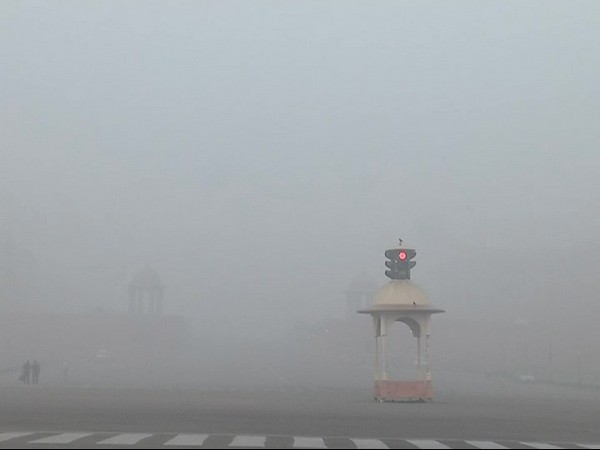New Delhi: It was a foggy morning in nation’s capital with temperatures recorded at 13.8 degrees Celsius, halting road transports, air transports delaying trains as the dense thick smog enveloped Delhi for the second day straight. The Experts are calling this situation a serious health hazard and a major health emergency.
Delhi’s Chief Minister Arvind Kejriwal has called the Delhi a “gas chamber” since the air quality has drastically become deadly over the past few days posing serious health hazards, halting the daily life’s of the Delhiites.
His government is also planning to hold meetings with other adjoining states to address the issue.
The air quality by mid-afternoon in New Delhi was roughly 10 times more the Beijing recording which stands first in worst air quality.
A Lung Surgeon from Sir Ganga Ram Hospital said: “The situation as it exists today is the worst that I have seen in my 35 years staying in the city of Delhi,” adding, “As a doctor, I have no problem saying that the situation today is a public health emergency. If you want to protect people, we should be ordering the evacuation of Delhi. Closing down all schools. Closing down all offices.”
The crop burning residue in the neighbouring states of Haryana and Punjab is believed to be the cause of Delhi’s Pollution according to Delhi’s CM.
He blames the farmers for the pollution and also holds the vehicle and industrial emissions as equally responsible for this health emergency.
Shikha Gupta, 32, an IT professional in Delhi, who is no longer continuing her morning walks after the city’s poor air quality hazard has been declared, her kids and her elders are now sticking to home, she said: “I just stepped out of my office a couple of minutes ago and my eyes are burning already.”
According to U.S. embassy monitor, Delhi’s particulate matter (PM) have drastically reached 726 in overnight. The 2.5PM are tiny air particulate matters that can easily to get into the lungs through inhaling.
According to the World Health Organization guidelines, the exposure levels from 10 to less than 50 are still considered fine but the levels above 300 are considered hazardous to the health.
The organizers of the international half marathon that is scheduled for Nov. 19 said they are constantly monitoring the situation before the marathon day.
To minimize the impact of pollution, the organizers will wash the entire 21-kilometer course with effluent water mixed with salt, according to a statement.
Last month the Supreme Court has banned the selling of fireworks ahead of Diwali in an attempt to reduce pollution levels.
As the air quality in Delhi has become hazardous for the past few days, demand for air purifiers, pollution-filtering facemasks have increased leading to a shortage of these products.
Jai Dhar Gupta seller of pollution-filtering facemasks of Vogmask brand said the demand has shot up 3,000 percent starting Nov. 5.
“Corporates and institutions like schools are placing bulk orders suddenly,” he said. “The sad part is that people don’t take the polluted air threat seriously until they ‘see’ it.”
Anumita Roychowdhury, executive director of research at advocacy group Centre for Science and Environment, says last year NASA’s satellite images have shown thick plumes of smoke rising across north India and covering Delhi.
She said, “During winters, the pollution problem is always atmosphere driven,” and that “The important thing now is what can be immediately done.”

